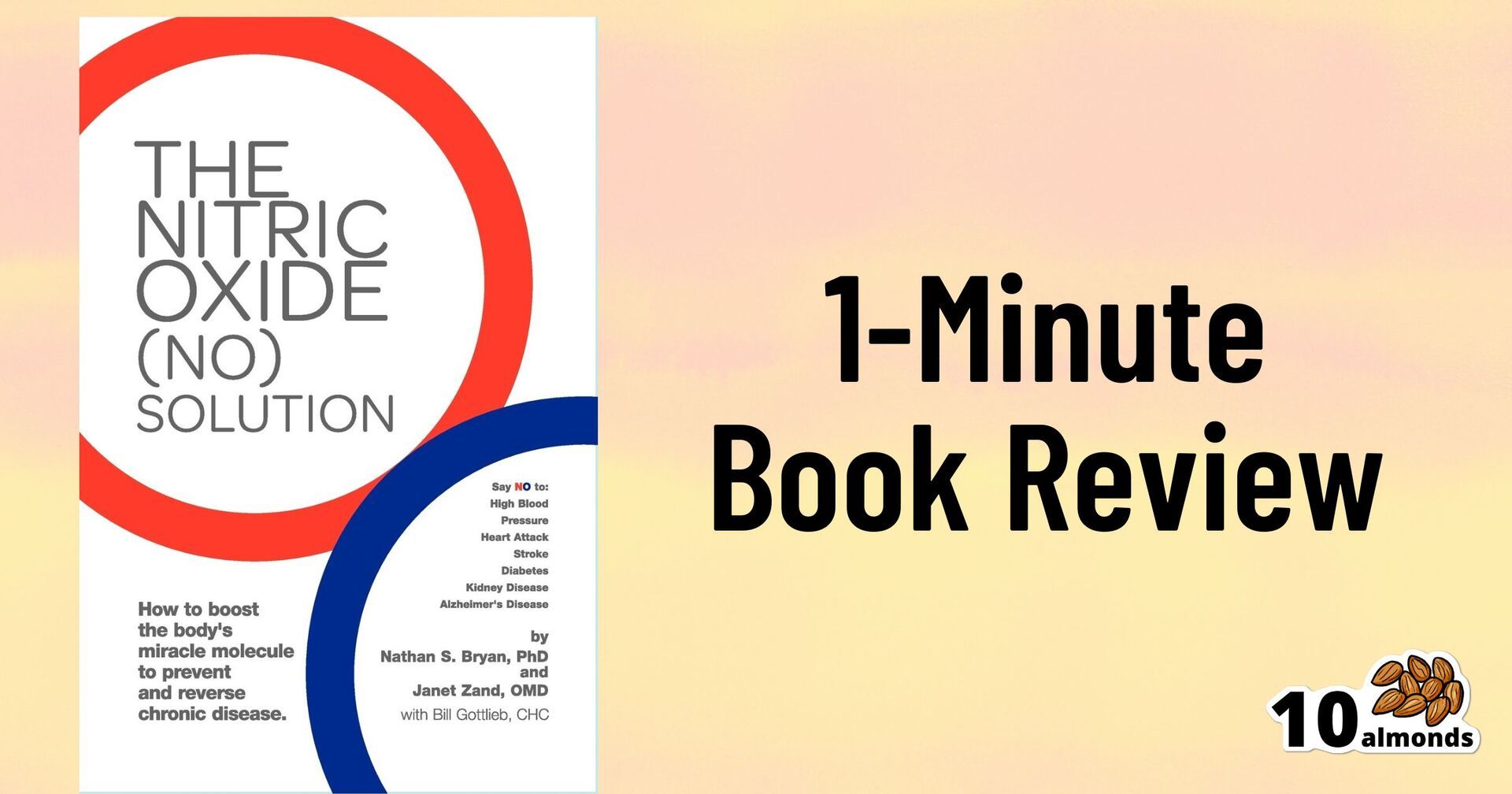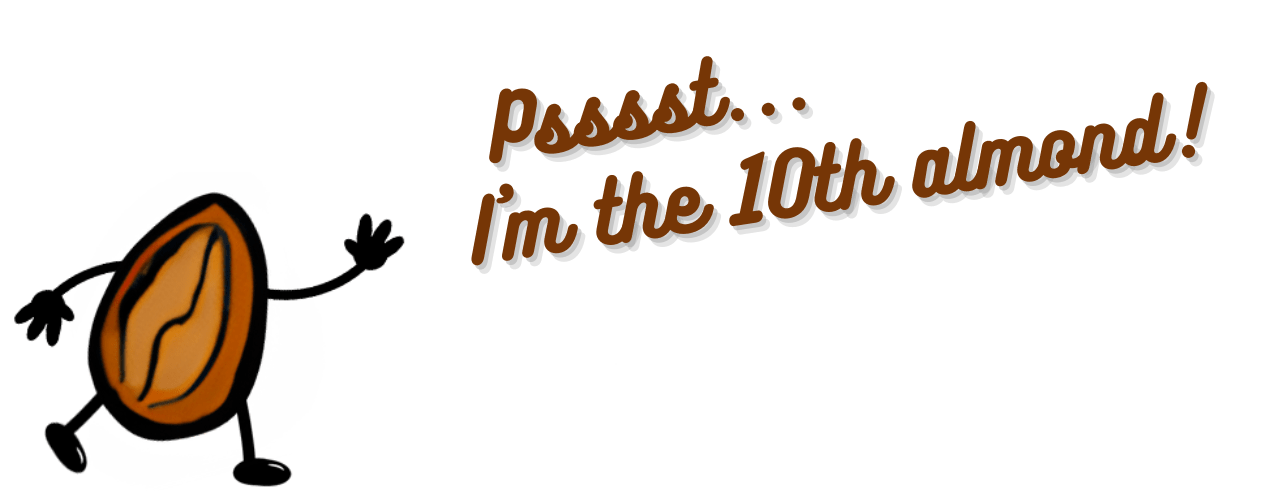Good morning 👋
❝Meditation is not evasion; it is a serene encounter with reality❞
~ Thích Nhất Hạnh
In today’s email we cover varicose veins, evidence-based skincare, and nitric oxide.
Did you see the news about cancer rates rising in firefighters because of their protective clothes? For the rest of us, our clothes aren’t usually that bad (although they can be, if “waterproofed”), but many detergents can add serious problems into the mix, meaning that dangerous chemicals are touching our skin, including from our clothes, bedsheets, towels, and more. Today’s sponsor Truly Free Home has a non-toxic alternative that gets your clothes just as clean, without adding those substances.
Get yours, here!
Today’s Main Feature
How To Reduce Varicose Veins (Or Avoid Them Entirely)
It’s best if they never get started, but if they do, it’s still not too late:
Recommended Reading
The Drug & Supplement Combo That Reverses Aging
So far, its effects have been dramatic (in a good way) in mice; human trials into this drug & supplement combo are now underway:
Watch and Learn
What Really Works For Anti-Aging? Science-Backed Skincare Ingredients
Dr. Andrea Suarez, dermatologist, goes beyond her pet hate skincare myths (e.g. sunscreen causes cancer, tanning is healthy), and talks about how actually one of her biggest frustrations is people wasting money on ineffective skincare products.
She also details what works, according to the evidence:
Prefer text? The above video will take you to a 10almonds page with a text overview, as well as the video!
Our Sponsors Make This Publication Possible
Could Your “Clean” Laundry Actually Be Making You Sick?
Most detergents leave behind toxic residue that clings to your clothes and soaks into your skin, even after rinsing.
Some of these chemicals even become airborne during wash and dry cycles so you're not just wearing them, you're breathing them.
Here’s what smart families are switching to instead:
Please do visit our sponsors—they help keep 10almonds free
This Or That?
Vote on Which is Healthier
Yesterday we asked you to choose between blueberries and passion fruit—both excellent, but there was a clear winner and we picked the passion fruit (click here to read about why), as did just 13% of you!
Now for today’s choice:
Click on whichever you think is better for you!
Bonus (Sponsored) Recommendation
Myth: Pet insurance isn’t worth the money
Did you know that one pet health emergency can cost up to $10,000? That could put a huge strain on your savings or even force you to max out your credit cards. Protect your budget and your pet by thinking ahead and choosing a plan that works for both of you.
One-Minute Book Review
The Nitric Oxide (NO) Solution – by Dr. Nathan Bryan & Janet Zand
Typically we review books, not authors, but here it’s worth mentioning that the authors are an interesting pairing, qualification-wise:
Dr. Nathan Bryan is a leading expert on nitric oxide, and assistant professor of molecular medicine at the Brown Foundation Institute of Molecular Medicine of the School of Medicine at the University of Texas Health Science Center in Houston.
Janet Zand is a homeopath, herbalist, and acupuncturist whose qualifications are not widely recognized even by acupuncture organizations.
The result is a book that is neither overly scientific nor overly unscientific.
By this we mean, the authors explain the functioning of nitric oxide (not to be mistaken for nitrous oxide or nitrogen dioxide), and, for that matter, the dysfunctioning of nitric oxide (i.e. what happens when we don’t make enough), and how to fix it by giving our body the things it needs to do it better.
But they explain these things in broad terms, and they mention research without actually citing it, e.g. “a team of researchers found” without saying who, or “a study published in the Journal of Such-and-Such showed…” without saying what study, etc.
Thus, we learn about the decline of nitric oxide production in the body, what causes such (age over 40, and some lifestyle factors), and how to counter it (diet & exercise, but, specific dietary things, especially leafy greens, for example, and amino acid supplements (l-arginine and l-citrulline) that make it easier for the body to produce the enzymes that in turn play their part in the production of nitric oxide.
The benefits (mostly vs CVD and inflammatory diseases) are possibly overstated as much research on this topic has been done on non-human animals and/or has produced mixed results, but there is rarely much that can go wrong with eating more leafy greens, getting in amino acids, and exercising—so for most people the advice remains good regardless.
Bottom line: this is a very interesting book that’s quite light-reading as an introduction to the machinations of nitric oxide in our physiology, and why we might want to promote that. Provided you don’t want more details or need sources, it’s a good book.
Penny For Your Thoughts?
What did you think of today's newsletter?
Wishing you the very best of health every day, in every way,
The 10almonds Team









